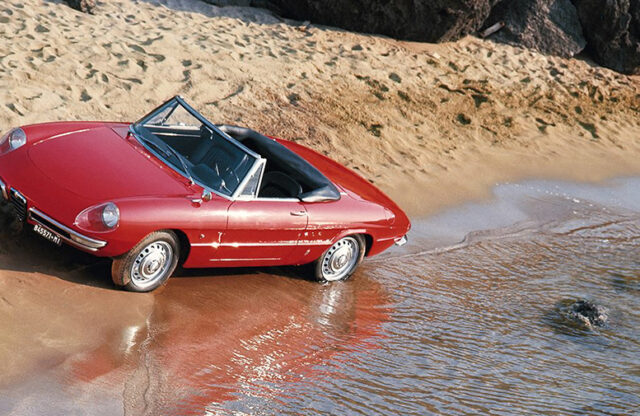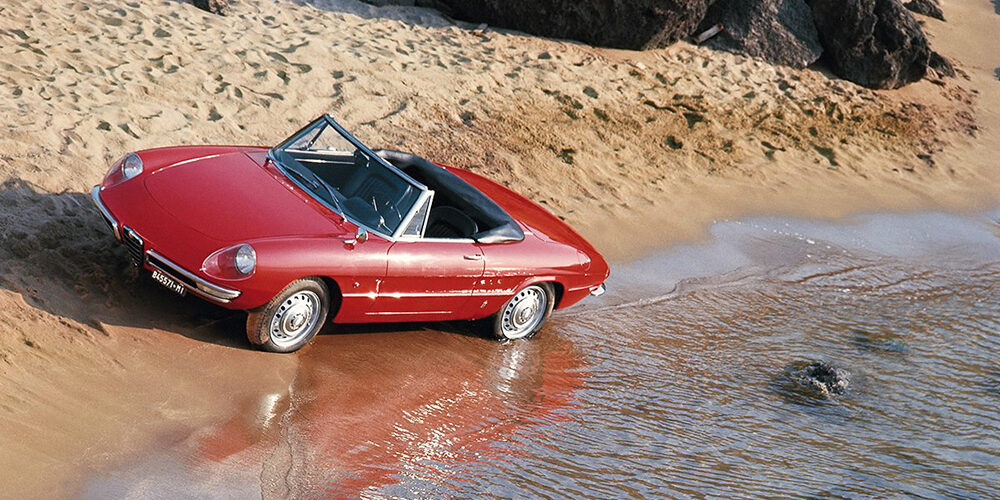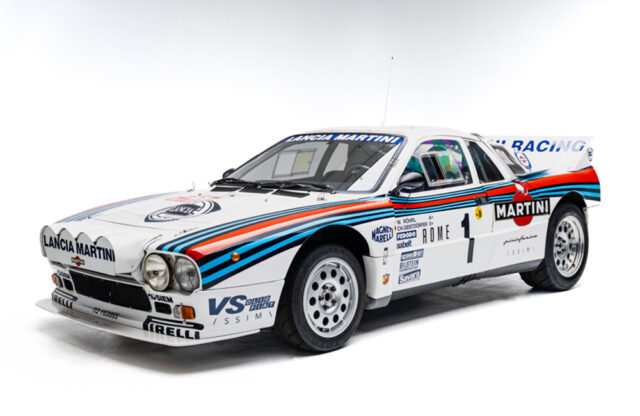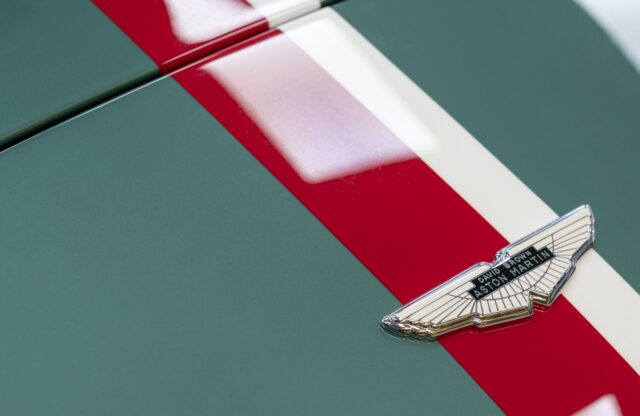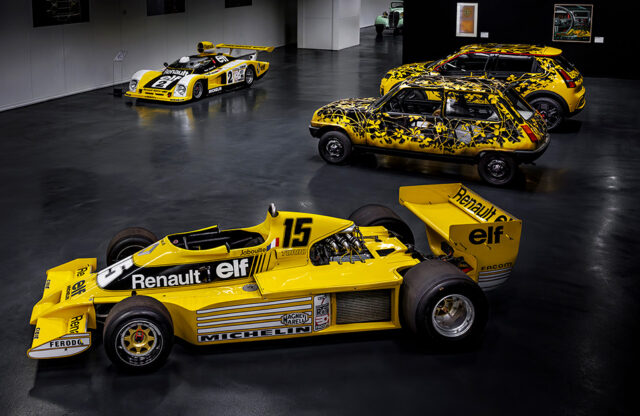The Alfa Romeo Museum in Milan is to celebrate two major themes for 2026: the Duetto Spider on the model’s 60th birthday, and a special showcase of what arguably makes Alfas so special – the engines.
The engine display, called Cuore Sportivo, will open in February. It will showcase 35 engines – mostly prototypes and racing units. This temporary display will eventually become a permanent section of the museum. “In our collection we have around 400 engines,” explains museum director Lorenzo Ardizio. “The display will include the most significant production engines representing the key families, starting from Merosi and Jano through to the modern V6 of the Giulia Quadrifoglio.”
There will also be a strong focus on racing powerplants. “The pre-war units are very similar to their production counterparts, but we’ll also include post-war Formula 1 engines,” Lorenzo says. “The most powerful is the four-cylinder 1.5-litre turbo from the 1980s, designed for the Ligier team. It never actually raced, but it produced almost 1000bhp per litre – that was an extraordinary era for engine design.”
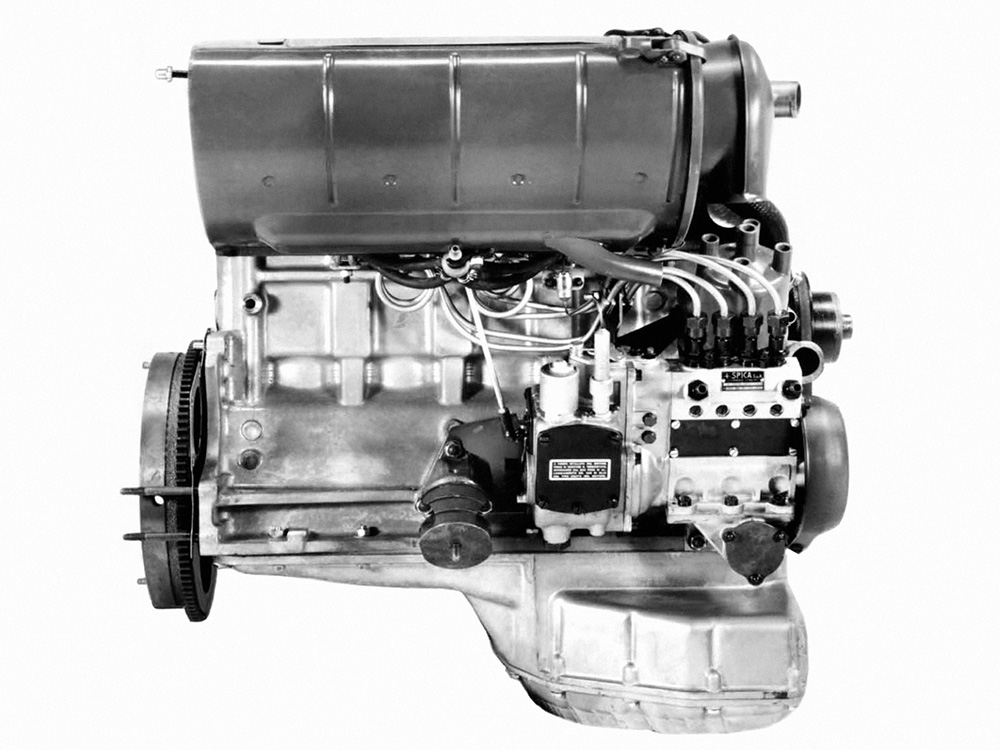
Perhaps the most fascinating part of the display will be the prototype engines. “There’s an incredible variety of ideas and experimentation here. We have rotary engines, experimental multi-valve configurations and systems such as electronic control units and early hybrid platforms,” Lorenzo says. “One example is a compact V6 with a very narrow angle and three camshafts. There’s also a remarkable V6 diesel, supercharged and two-stroke, designed by Isotta Fraschini in the 1930s for a generation of trucks that was never produced. It’s an extraordinary object, both for its engineering and for its aesthetic design.”
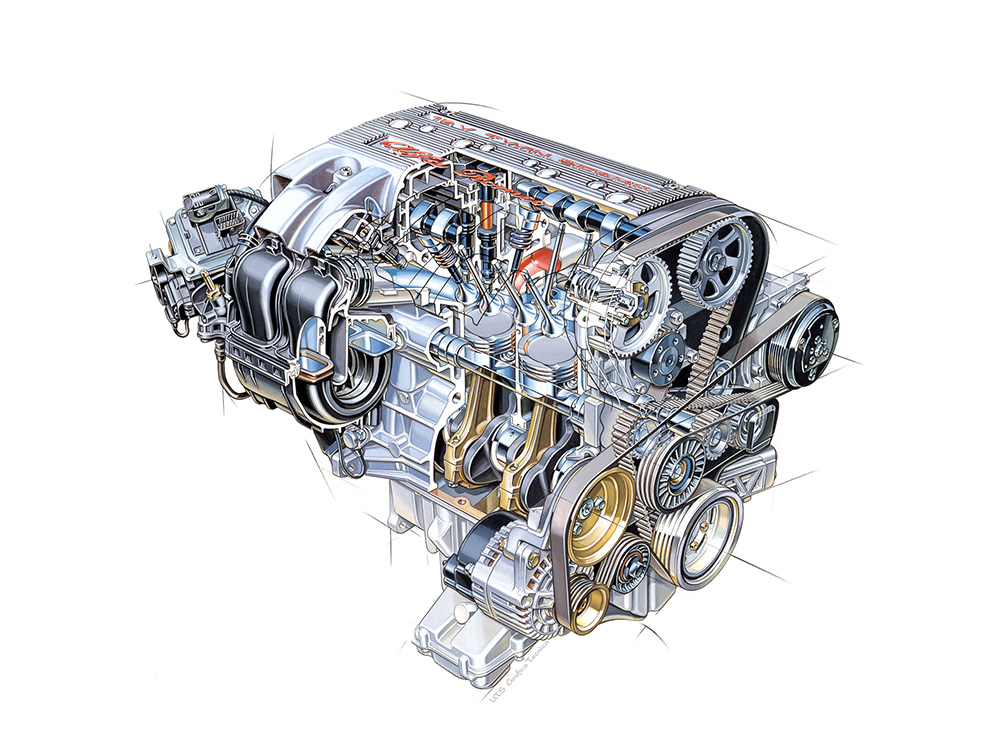
The idea behind the display is to tell the story of Alfa Romeo’s engineering evolution, Lorenzo says. “It begins with the Merosi period, moves through the Vittorio Jano years, includes the wartime developments, then continues with the work of Busso and Satta Puliga up to the 1970s and ’80s,” he explains. “Finally we reach the era of the Direzione Tecnica Motori, the technical department in Arese, which produced the last generations of V6 and four-cylinder engines.”
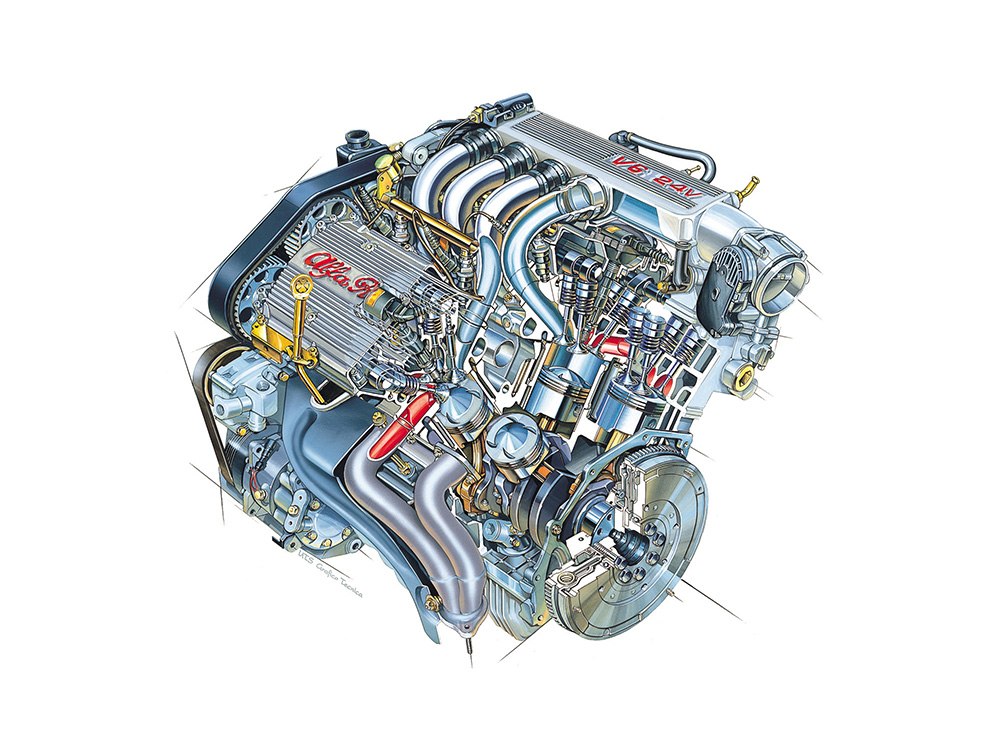
He says the exhibition will show just how central engine development has always been to Alfa Romeo. “Its title, Cuore Sportivo, taken from a classic advertising slogan, perfectly captures that spirit,” Lorenzo says. “Although conceived as a temporary display, it will become a permanent part of the museum, completing our long-term plan to present examples of everything in the collection: cars, engines, trophies, models, equipment and even non-automotive products such as aircraft engines and domestic appliances. Our goal is to tell the full story of Alfa Romeo production, not just the most famous chapters.”
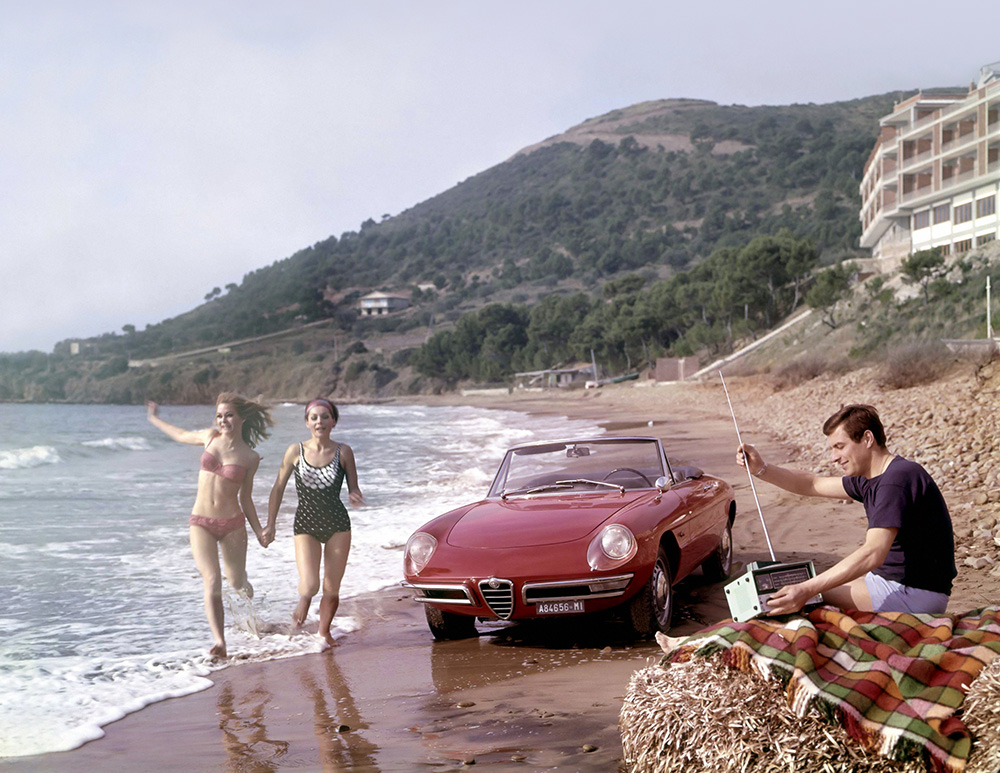
The second major event of the year will mark the anniversary of the Duetto. “In April we’ll open another temporary display that will actually remain throughout the year,” Lorenzo says. “It will feature cars belonging to Alfa Romeo clubs, starting with the first series of the Duetto and moving through to the last. We plan to rotate the cars several times during the year so that visitors will always find something new to see.”
Looking further ahead, 2027 will see some significant anniversaries at the Alfa Romeo Museum, the most significant being the centenary of the first edition of the Mille Miglia. “Although Alfa Romeo’s first victory came in 1928, the Mille Miglia remains the brand’s most important race,” Lorenzo says. “We’ll also celebrate younger classics, such as the 164 from the 1980s, the Giulietta from the 1970s and the Giulietta Sprint Veloce from the 1950s. Every year brings at least one meaningful anniversary, some more culturally significant and others simply popular.”
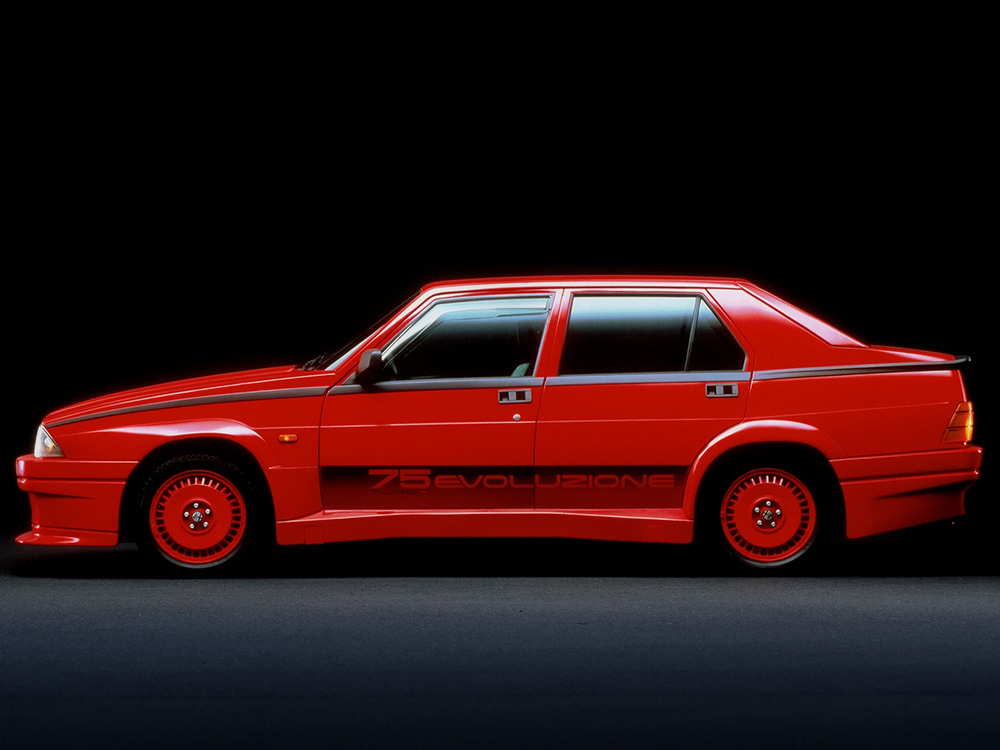
This year saw the celebration of the 75/Milano’s 40th birthday at the Alfa Romeo Museum. “We had more than 300 different 75s on the track and an amazing atmosphere,” Lorenzo beams. “These events are an important part of the museum’s role, bringing together clubs, collectors and enthusiasts to celebrate Alfa Romeo heritage. But the museum’s mission is also educational – even when there are no club events, we continue to tell the story of the brand from a cultural perspective.”
In 2024, the Alfa Romeo Museum completed the reorganisation of its archive. “It’s now five times larger than before, and although we’re always open to researchers by request, once a year we hold an open day where visitors can see how the archive works and what materials it holds,” Lorenzo says. “We handle around 1000 research requests annually, and this event offers a rare chance to explore that side of our work. It’s a fascinating experience for anyone who wants to go a little deeper into Alfa Romeo’s history.”
Speaking more broadly, Lorenzo is pleased with how the museum has developed over the past ten years. “Opening the engine section fulfils the long-term plan we began in 2015, creating a comprehensive display of Alfa Romeo’s heritage. Many visitors now return several times, and it’s our aim to keep giving them fresh reasons to come back,” he says. “We’re not a museum that relies heavily on temporary exhibitions. Some institutions do, but we prefer to draw on our own rich collection and the enthusiasm of Alfa clubs.
“It’s more meaningful to present our own history alongside cars loaned by passionate owners, rather than focus on one-off displays of famous models. That combination of heritage and community spirit is what defines us.”
Find out more about the museum here.
